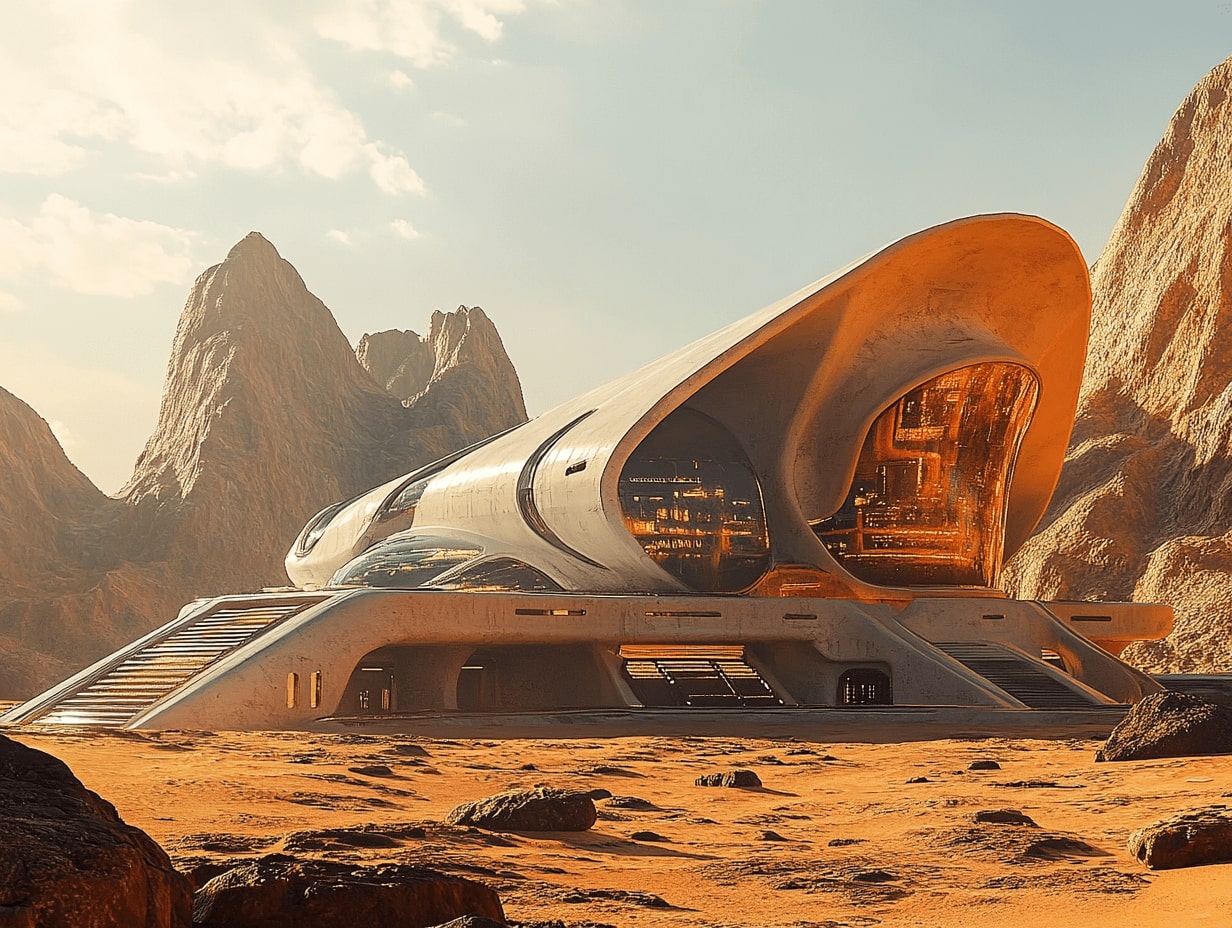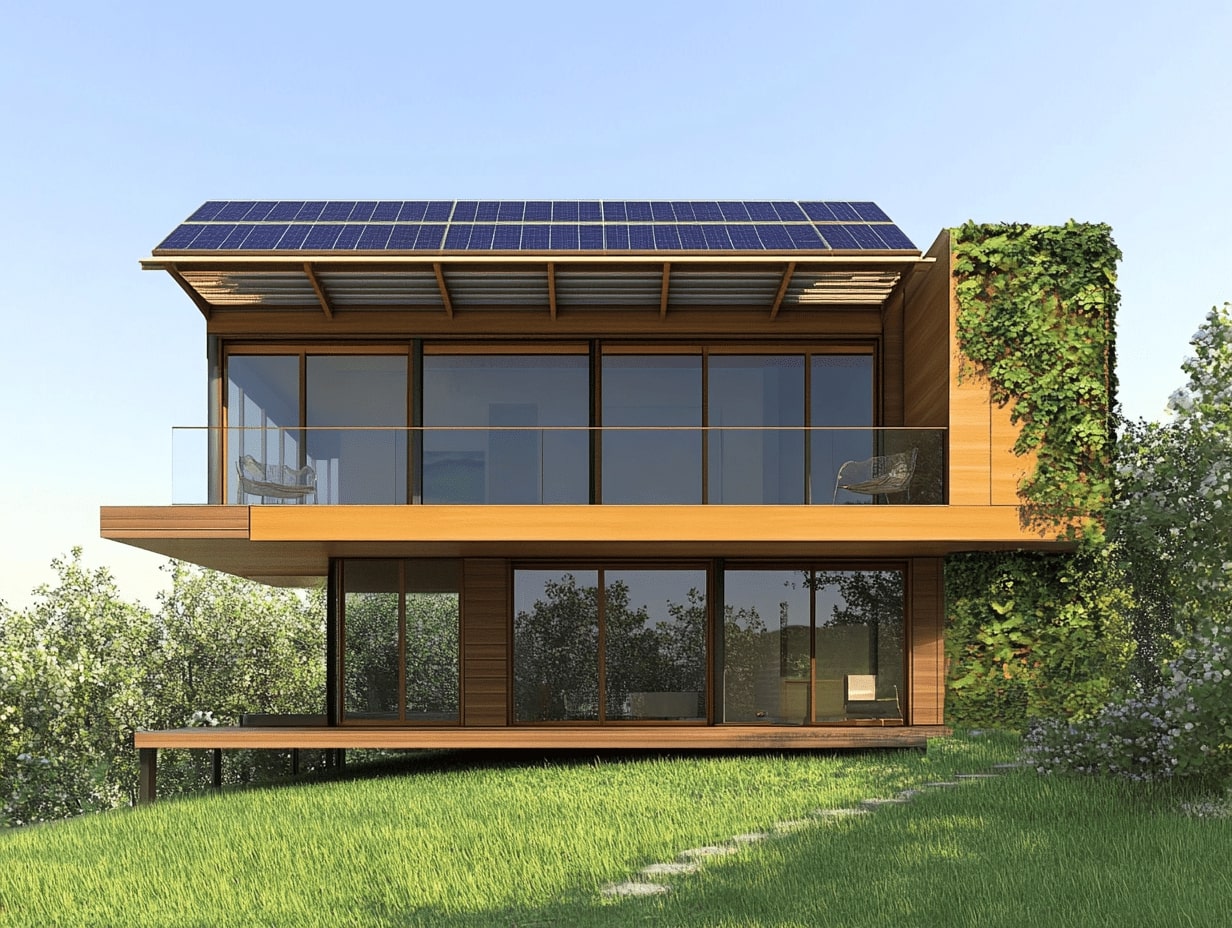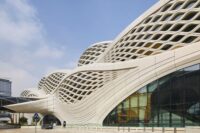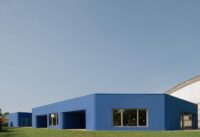- Home
- Articles
- Architectural Portfolio
- Architectral Presentation
- Inspirational Stories
- Architecture News
- Visualization
- BIM Industry
- Facade Design
- Parametric Design
- Career
- Landscape Architecture
- Construction
- Artificial Intelligence
- Sketching
- Design Softwares
- Diagrams
- Writing
- Architectural Tips
- Sustainability
- Courses
- Concept
- Technology
- History & Heritage
- Future of Architecture
- Guides & How-To
- Art & Culture
- Projects
- Interior Design
- Competitions
- Jobs
- Store
- Tools
- More
- Home
- Articles
- Architectural Portfolio
- Architectral Presentation
- Inspirational Stories
- Architecture News
- Visualization
- BIM Industry
- Facade Design
- Parametric Design
- Career
- Landscape Architecture
- Construction
- Artificial Intelligence
- Sketching
- Design Softwares
- Diagrams
- Writing
- Architectural Tips
- Sustainability
- Courses
- Concept
- Technology
- History & Heritage
- Future of Architecture
- Guides & How-To
- Art & Culture
- Projects
- Interior Design
- Competitions
- Jobs
- Store
- Tools
- More
Innovative Space Architecture Habitats on Moon and Mars: Designing for Sustainable Living
Explore the future of space living with innovative habitats designed for the Moon and Mars. Discover how cutting-edge architecture, engineering, and technology are overcoming challenges like radiation, extreme temperatures, and resource limitations to create sustainable homes beyond Earth.

Imagining life beyond Earth feels like stepping into a sci-fi movie, but it’s quickly becoming our reality. As we set our sights on the Moon and Mars, the need for innovative space habitats has never been more critical. These aren’t just shelters—they’re the foundations of sustainable living in some of the harshest environments we’ve ever encountered.
Designing these habitats means tackling extreme temperatures, radiation, and limited resources head-on. It’s not just about survival; it’s about creating spaces where we can thrive, explore, and push the boundaries of human potential. The fusion of architecture, engineering, and technology is redefining what it means to call a place “home” in space.
Our journey to build these habitats isn’t just about science—it’s about preparing for a future where humanity expands its footprint across the cosmos. The Moon and Mars might just be the first steps in a much larger adventure.

Table of Contents
ToggleUnderstanding Space Architecture Habitats
Space architecture habitats are critical for long-term human survival and exploration on the Moon and Mars. These structures combine innovative engineering and advanced technologies to address environmental challenges while ensuring functionality and habitability.
Definition And Purpose
Space architecture habitats are specialized living and working structures designed for extraterrestrial environments. Their purpose is to support human survival by providing protection from extreme temperatures, radiation, and micrometeorites. They also facilitate resource utilization, maintaining life support systems and enabling scientific advancements. On the Moon, such habitats may focus on short-term missions, while on Mars, designs aim to support extended stays or permanent settlements.
Challenges Of Designing For The Moon And Mars
Designing habitats for the Moon and Mars involves overcoming harsh environmental conditions and limited resources. The Moon’s surface endures temperature variations from -173°C to 127°C, and lacks an atmosphere, exposing habitats to radiation and micrometeorite impacts. Martian conditions include thin atmosphere, frequent dust storms, and average temperatures around -63°C. Both environments demand advanced solutions in material durability, thermal regulation, and sustainable energy use. Our designs must also adapt to gravity differences, with the Moon’s gravity at 16.5% and Mars’ at 37.6% of Earth’s, impacting structural stability and human health over time.

Innovations In Space Habitat Design
Space habitat design integrates advanced technologies to address environmental challenges and ensure long-term human habitation. Engineers and architects have developed innovative solutions to optimize materials, energy systems, and sustainability for lunar and Martian environments.
Materials And Construction Techniques
We focus on lightweight, durable materials like high-strength alloys and composites to withstand harsh space environments. Regolith, the loose soil present on the Moon and Mars, is repurposed through in-situ resource utilization (ISRU) to create structural components using 3D printing. For example, printed regolith bricks enhance radiation shielding and structural integrity. Inflatable modules provide flexible interiors, reducing initial payload mass.
Energy And Resource Management
Effective power generation and resource recycling systems ensure habitat functionality. Solar panels, reinforced for dust resistance, serve as primary energy sources on Mars and the Moon. Regenerative life-support systems recycle air, water, and waste, minimizing reliance on resupply missions. For example, electrolyzers split water molecules, producing breathable oxygen and hydrogen for energy storage.
Safety And Sustainability
Habitat designs prioritize radiation protection, stable structural geometry, and ecological balance. Layers of regolith or polyethylene-based shielding reduce cosmic ray exposure, enhancing crew safety. Closed-loop systems optimize resource reuse, supporting sustainable operations. For instance, modular designs enable habitat expansion or reconfiguration, adapting to mission needs and population growth.

Moon Habitats: Case Studies And Concepts
Designing Moon habitats involves leveraging innovative ideas and technologies to address the Moon’s unique environmental challenges. Multiple case studies and concepts help define strategies for sustainable human presence.
Major Projects And Proposals
Several projects explore the feasibility of long-term Moon habitation. NASA’s Artemis program includes plans for the Lunar Gateway, a modular space station orbiting the Moon that supports surface missions. For surface habitats, concepts such as NASA’s BEAM (Bigelow Expandable Activity Module) demonstrate the potential of lightweight, inflatable structures offering radiation shielding and thermal insulation.
The European Space Agency (ESA) investigates 3D-printed habitat models using lunar regolith. Their Moon Village Vision proposes international collaboration to build shared infrastructure for research and exploration. Private entities like ICON and Blue Origin propose modular, scalable habitats incorporating in-situ resource utilization (ISRU) and advanced construction technologies.
Unique Challenges Of Lunar Environments
Moon habitats confront extreme conditions. Surface temperatures range from -280°F at night to 260°F during the day. Without an atmosphere, the Moon has no protection against solar radiation or micrometeorite impacts. We must implement robust shielding and thermal regulation for human safety.
The Moon’s low gravity, one-sixth that of Earth, affects structural integrity. Habitat designs consider both reduced material loads and potential impacts on human health. Dust from regolith, electrostatically charged and abrasive, poses risks to machinery, air quality, and astronauts. Habitat concepts focus on minimizing dust infiltration, using airlocks and specialized coatings.
Strategically locating habitats at lunar poles addresses some challenges. Permanent shadow regions may provide access to water ice, while consistent sunlight supports solar power generation. Combining advanced technologies with smart site selection enhances habitat viability.

Mars Habitats: Case Studies And Concepts
Mars habitats require innovative designs to address the planet’s unique environmental challenges and ensure sustainable human habitation. By examining case studies and concepts, we can explore adaptations for Martian conditions and strategies for long-term living.
Adaptations For Martian Conditions
Designing habitats for Mars involves addressing low atmospheric pressure, freezing temperatures averaging -81°F (-63°C), and heightened radiation exposure. Researchers focus on underground or partially buried structures, using Martian regolith for radiation shielding. Concepts like NASA‘s Mars Ice Home propose insulating habitats with frozen water layers, which also serve as radiation barriers.
The planet’s dust storms, which can last weeks, necessitate sealed and dust-resistant entry points integrated into habitat airlocks. Advanced materials like self-healing polymers are being examined for exterior layers to maintain structural integrity under repeated exposure to dust abrasion and temperature fluctuations. Resource utilization is a priority, with in-situ resource utilization (ISRU) being used to process local materials for habitat construction and life support needs, reducing dependence on Earth-supplied materials.
Long-Term Living Considerations
Sustaining human life on Mars requires habitats designed for autonomy and psychological well-being. Regenerative life-support systems, including closed-loop water recycling and oxygen generation from Martian CO2 via the MOXIE instrument, are being tested to enable long-term self-sufficiency. Food production is integrated into habitat designs, using vertical farming and hydroponics to reduce reliance on resupply missions.
To support mental health, architects emphasize natural light simulations, recreational spaces, and modular compartments allowing habitat expansion. Gravity on Mars, roughly 38% of Earth’s, influences structural design and the need for exercise facilities to mitigate muscle atrophy and bone density loss. Additionally, habitat layouts prioritize efficiency, designing living and working areas that adapt to evolving mission demands and population growth over time.
Conclusion
Space architecture represents the intersection of innovation and necessity as we prepare for life on the Moon and Mars. These habitats go beyond survival needs, addressing environmental, physical, and psychological factors critical for long-term habitation. By integrating advanced technologies such as in-situ resource utilization, 3D printing, and regenerative life-support systems, we mitigate resource constraints and enhance sustainability.
Efforts in lunar habitat development, like NASA’s Artemis program and ESA’s Moon Village, showcase international collaboration and technological breakthroughs. Strategies include leveraging lunar regolith for construction, utilizing polar regions for water accessibility, and employing modular, expandable designs to adapt to evolving needs.
On Mars, the focus shifts to addressing intense radiation, atmospheric challenges, and psychological well-being. Adaptations, including insulated regolith-based structures, dust-resistant systems, and biotechnological advancements for autonomous living, are key solutions for future habitats. Concepts like Mars Ice Home exemplify innovative designs for shielding and resource utilization.
Emerging tools like autonomous robotics, artificial intelligence, and advanced materials reshape our approach to extraterrestrial architecture. As we explore beyond our planet, these innovations will continue redefining sustainable living, enabling us to thrive in the most extreme conditions.
- adaptive space dwelling
- architecture for space colonies
- designing habitats for Mars
- extraterrestrial architecture
- habitats for Mars exploration
- innovative space living solutions
- living on the Moon solutions
- lunar colony design
- mars living solutions
- martian living quarters
- moon base architecture
- moon habitat construction
- off-earth sustainable habitats
- space architecture design
- space habitat engineering
- space habitat innovation
- sustainable lunar living
- sustainable off-world living
- sustainable space habitats
Submit your architectural projects
Follow these steps for submission your project. Submission FormLatest Posts
How Virtual Architecture Is Redefining Design From Real Time Worlds to Built Impact
Discover how virtual architecture is redefining design from static sketches to immersive,...
Designing a Starter Smart Home Without Breaking the Bank
Smart homes don’t have to cost a fortune. Many homeowners think they...
Style Meets Security: Choosing Entry Solutions That Do Both
When it comes to homes and businesses, entryways are more than just...
Top 5 Desktop Rebuild Cost Assessment Solutions for Property Professionals
Do you ever lay awake at night, playing out scene after scene...












Leave a comment